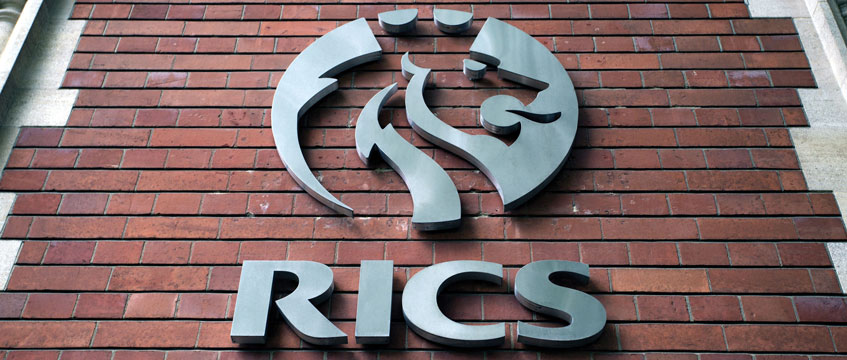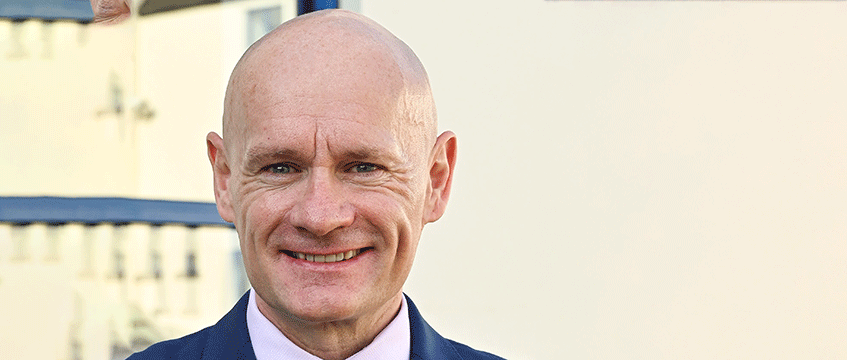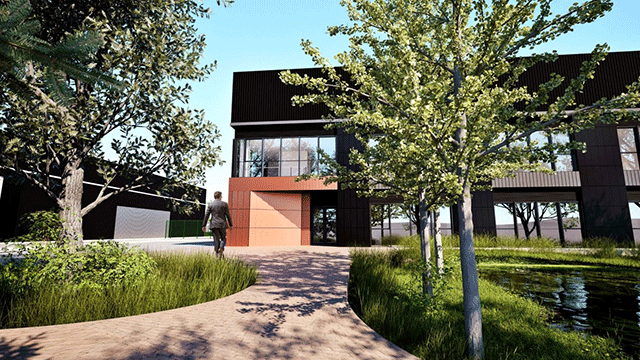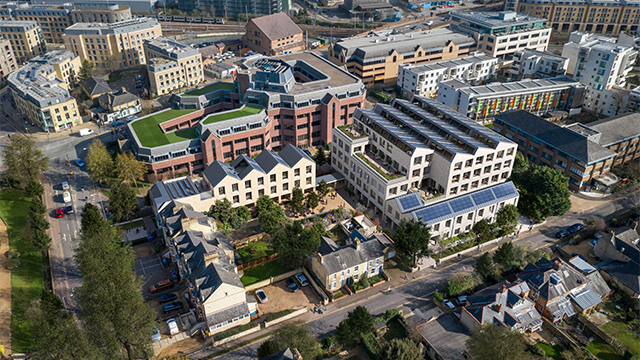COMMENT I have always questioned why RICS members, of which there are more than 130,000, have no say whatsoever in the election of its president.
I am not on my own. In democratic societies, the principle of representation forms the bedrock of decision-making processes. While the notion of entrusting a knowledgeable few with important choices might seem appealing to some, history provides us with a plethora of examples highlighting the potential downsides of such a system.
Democratic legitimacy is predicated on the concept of consent from the governed. When decisions are made by a select group without meaningful input from those affected, it erodes the legitimacy of the decision-making process.
Even if we had a governing council where the majority was elected by members (as opposed to the current position, where only eight from 29 were), I would still be of the view that members need to be engaged in the process to elect a president to avoid a situation where a decision might reflect the preferences and priorities of GC, but fail to encompass the diverse perspectives of the broader membership.
I feel the time is right for the RICS, which self-proclaims to be a member-led institution, to engage with members to explore alternative methods to elect a president where members have a voice and vote.
Challenging times
The RICS has been through some tough times in its 155-year history, but the past few years have been especially tough. In late 2020, concerns over governance arose regarding an audit carried out in 2019, that led to then-president Chris Brooke terminating the contracts of the four non-executive directors – which the Levitt Review made clear he was not entitled to do, nor was there anything in the charter, by-laws, regulations or other legislative instruments which would give him the power to do so. The Levitt Review into the matter culminated in senior resignations including president Kath Fontana, chief executive Sean Tompkins and Brooke as interim GC chair.
More recently, members have questioned the actions of Ann Gray, current president of the RICS, in her dealings with Dame Janet Paraskeva, ex-chair of the RICS standards and regulation board. Members have sought clarity on whether the president had approval from GC on her actions and the letter in the form it was sent. Almost three months later, the president still has not fully answered calls for greater transparency with the entire membership, which is disappointing given it is one of the RICS’ six core values.
Anyone who puts themselves forward to be the president of a professional body should be loudly applauded. The role is not without its challenges, especially when representing members who have had no say in your appointment. The position requires significant personal commitment, but commitment alone is not enough, nor does it guarantee that members will have trust or confidence in those who hold such an esteemed office.

After Fontana resigned, Clement Lau of Hong Kong Land took up the position of president earlier than planned. He was followed by Gray – a California-based real estate broker and architect. She will be succeeded by Tina Paillet from France – chief executive and co-founder of Circotrade, a trading platform focusing on the future value of building materials.
Many members have questioned the decision to have three consecutive non-UK & Ireland presidents at a time when the RICS should be reconnecting with its members, the bulk of whom are in the UK & Ireland. In addition, all three were appointed as part of the old regime prior to the publication of the Levitt Review. While all three were not involved in the issues, many members were hopeful we would have a fresh start and a presidential team made up of individuals not linked to the past. We did not get this.
Current senior vice-president Justin Sullivan also has strong links to the past and led a consultation that ultimately broke up the RICS’s professional group boards, proposing to replace them with leaders forums and community site Yammer.
Issues and suggestions that members raised in response to the consultation made no difference and the PGBs were disbanded. Members lost a key way they could engage with the RICS on day-to-day issues that affected them. For those not aware, neither the leaders forums nor the community site delivered what was promised and the Bichard Review proposed that professional group panels be established.
While Sullivan left us in no doubt of his passion and commitment to the work he was leading, we hoped his engagement would have been more receptive to the member concerns raised, and led to reflection and possibly a rethink. Instead, we were left with a strong sense that the outcome had been pre-determined. Right or wrong, this was our perception. The discussions that took place as part of the PG2020 consultation occurred several years ago, and it is hoped that reflecting on events, the RICS and Sullivan are now more mindful and receptive to a broader range of member views.
If RICS members were involved in the election of those in the current presidential team – Gray, Paillet and Sullivan – the outcome may have been very different.
How RICS presidents are appointed
The existing process to appoint presidents involve interested members making an application to be SVP, supported by three reference statements from RICS members. The process that follows is longlisting by assessing the application against the criteria and checking references, due diligence checks and psychometric testing. Those progressing to this point attend an interview before an appointment panel, which shortlists candidates, who in turn appear before the GC before it elects a president. There is no input from wider members.
Compare this with a political party, which elects a leader, in some cases a prime minister, after a shortlisting process where the membership get to vote. Which begs the question, why can’t RICS members have some say in the election of the president?
The decision whether the RICS should transition from GC selection to member voting for its president is a complex one, with both methods offering distinct advantages and drawbacks.
Involving members in the election process empowers the membership and fosters a sense of legitimacy, ownership, and engagement among members, leading to increased participation in the institution’s activities. It provides transparency and allows for a more diverse pool of candidates to come forward.

That said, an election based on popularity could lead to the selection of a president who is charismatic but lacks the necessary expertise to lead a professional institution. Elections can also devolve into polarised campaigns, as well as demand time, resources and logistical effort.
In the existing structure, if we had a strong and effective GC composed of experienced professionals elected by members, it could carefully assess candidates’ credentials, experience and alignment with the RICS’ goals. Being familiar with RICS’ operations, GC could also provide stability and continuity in leadership and select a president who is well-aligned with the institution’s long-term strategies. GC selection is also a more efficient process, as it doesn’t require extensive campaigning and voting.
On the other hand, the current process can be seen as exclusive to a select few and lacking in member engagement. GC selection processes might inadvertently be influenced by internal biases or conflicts of interest. Relying solely on GC decision-making could also hinder the introduction of fresh perspectives and innovative approaches that an elected president could bring.
In my opinion, the existing arrangements have not best served the membership and I feel the time is right for the RICS to openly engage with members to modernise its processes to elect the president, and this should include an option where members have a say.
I feel the existing processes serve as a stark reminder that elite decision-making can lead to outcomes that alienate and disempower the very individuals affected by those decisions. If the RICS genuinely aspires to be a truly member-driven institution, it’s imperative that we embrace rapid modernisation and we don’t linger, stifling progress. Instead, we should act swiftly to transform our institution into one where members’ opinions matter most, with the current presidential team being subject to any potential changes as soon as possible and not when all three have completed their terms in office. It’s time to usher in a new era of inclusivity and member involvement at the RICS, and we must do it now.
I wrote a column for EG in July, titled: The changes the RICS needs to make are not easy and take courage. This is one of those changes that I hope the RICS has the courage to make.
Anthony Walker is director at Sircle, fellow at the RICS and a former RICS UK and Ireland world regional board
The RICS responds:
- RICS is continually open to feedback – including on its governance processes. These processes were recently reviewed under the Bichard RICS Review, and will be looked at again in the next independent review, which RICS has committed to in 2025.
- Our presidential team has been duly elected in accordance with requirements of RICS’ constitution and RICS fully supports them in serving their full terms. Alternative approaches to presidential elections were considered as part of the Bichard RICS Review, and governing council decided that the senior vice president’s role should continue to be elected by governing council.











